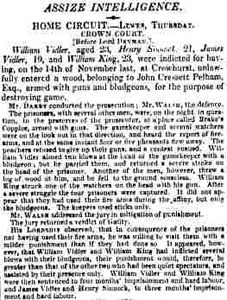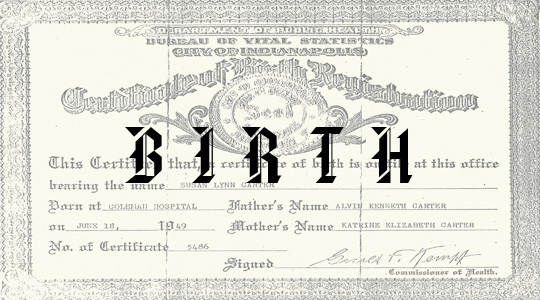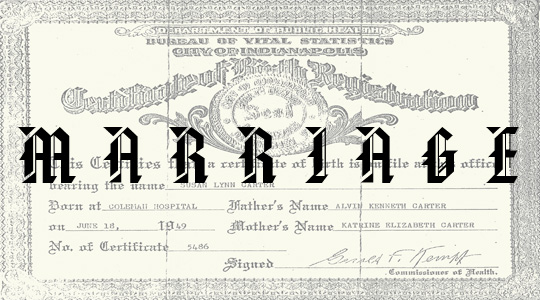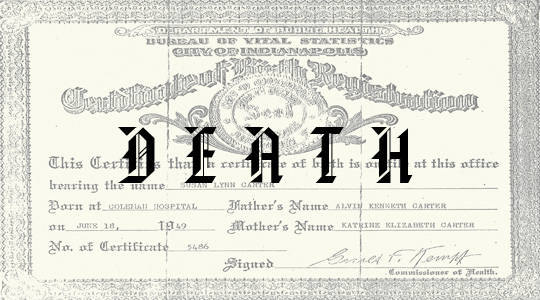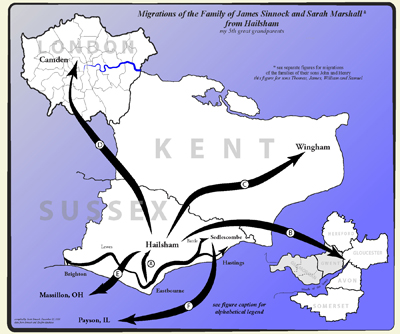
Clipping Sources: from Mark Milton, 02 Sep 2010
|
NOTE: Samuel Henry of the Hailsham Parish Register is assumed to be Henry, half brother of Frederick who lived with Ann Boniface, 1841, assumed to be Anne Sinnock Bonyface, their aunt who married Thomas Boniface on 4 Apr 1825. Henry (or Harry) Sinnock the immigrant to Ohio with wife Mahala Cruttenden known from several independent sources, may be this Samuel Henry Sinnock born 23 Jul 1812 in Hailsham. Samuel Henry and younger Frederick lived with their widowed aunt, Ann Sinnock Bonyface, during the 1841 Census. The New York passenger and immigration list index shows that Henry (as Samuel Henry was called) and Frederick along with Mahala immigrated to the United States in 1844. The Ohio 1870 Census shows Henry was born about late 1812 or early 1813.
Given these observations, I conclude that Samuel Henry and Frederick, half brothers sharing Ann Judd as a mother with new wives, Mahala (Henry's wife) and Maria or Jane (Frederick's wife), and a daughter, Jane, of Harry and Mahala, immigrated to the United States. Frederick may have gone to Canada. Samuel Henry settled in Massilon, Ohio. On 27 Feb 1844, Henry (age 28), Mahala (age 22) and their 3 month old daughter Jane arrived in New York on the ship Prince Albert.
There are two records in the England and Wales Criminal Registers that may pertain to Henry:
(1) Henry Sinnock aged 21, County Assizes, 23 Mar 1835, Poaching, 4 months imprisonment (top image)
(2) Henry Sinnock aged 30, County Assizes, 31 Jul 1843, Burglary, no prosecution (bottom image)
The second definitely belongs to this Henry. The newspaper accounts how at a trial Mahala Cruttenden falsely gave Henry an alibi. The copy (left) is very faint in one or two key places but it appears that Henry Sinnock turned Queen's evidence against four other accomplices charged with the crime of burglary. Apparently for turning states evidence he was not charged though he, according to his own testimony, was a major participant in the burglary of a house in Eastbourne. During his testimony he admitted to many, many other petty crimes, but that he had "only" been convicted of poaching and sent to "gaol" (jail) for four months. His action led the defence attorney in an attempt to discredit his testimony described Henry as: ".... the accomplice (Henry), whose infamous course of life had steeped him in guilt, was confirmed in every particular by persons of undoubted character, the case must fall to the ground. No human being ought to be convicted upon such evidence as that given by that infamous man - a man who would commit the greatest atrocity the human mind could conceive or the human hand could perform; a man who obtained the feed for his horse from a neighbouring miller's granery; who obtained his mutton from a neighbouring farmer's field; a man who obtained his wheat from a neighbouring miller's house; who, in short, lived upon plundering his honest neighbours; and strangely, last, not least, he attempted, but his courage failed him, to rob his own parish church."
No wonder he left the county immediately after the trial, right after he married his girlfriend, Mahala. Perhaps he was even encouraged by the court in lieu of a transportation1 sentence. When they arrived in Ohio they became respectable citizens and fostered a family of 78 known descendants including Carl Sinnock. The only known surviving descendants of Henry and Mahala are Linda Sue Sinnock McKnight and her children.
note 1. 'transportation' was a common sentence in 18th and 19th England, it referred to forced settlement in the 'colonies', usually Australia and America until 1770 or so
|




